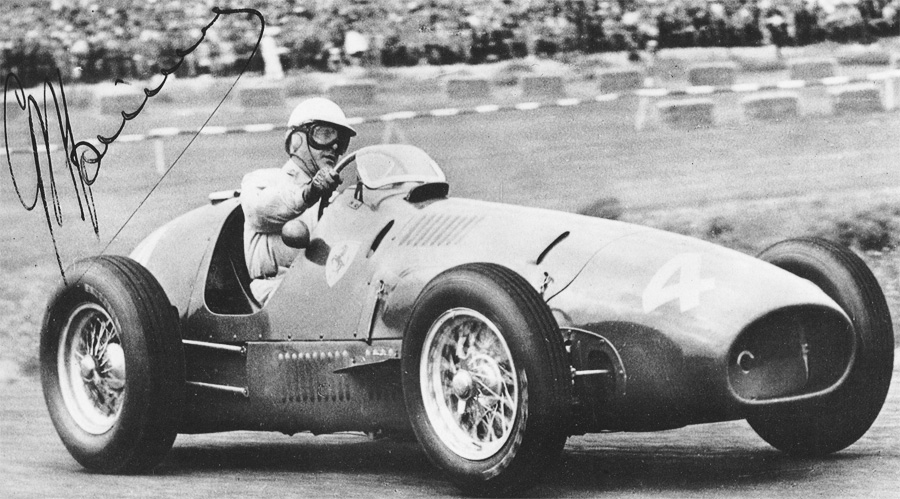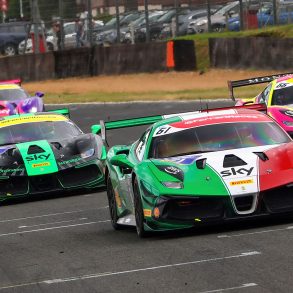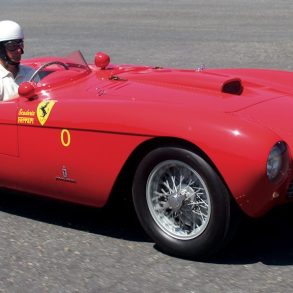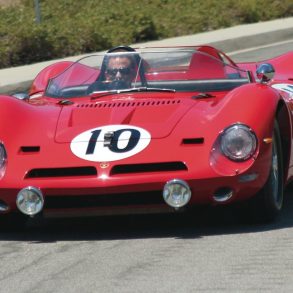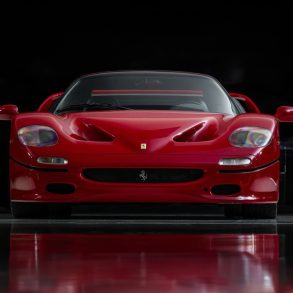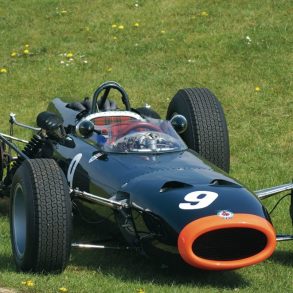Ferrari 500
Car: Ferrari 500 / Engine: 4-Cylinder In-Line / Maker: Ferrari / Bore X Stroke: 98 X 76 mm / Year: 1952 / Capacity: 1,984.85 cc / Class: Formula 2 / Power: 185 bhp at 7,500 rpm / Wheelbase: 2650 mm

The real racing action was in Formula 2 and trough the insistence of the track promoters the governing body decided to sanction Grands Prix that were open only to F2 cars as championship scoring events. Since a new 2.5-litre unblown/750cc supercharged Formula 1 would take effect in 1954 this would only serve as a stop-gap and seemed a prudent thing to do. Building upon a theme that would be repeated in the future Ferrari was well positioned to take advantage of the new rules. Aurelio Lampredi, Ferrari’s chief designer had built an uncomplicated but superbly prepared car the Tipo 500.

The cars made there debut at the Modena GP at the tail end of the 1951 season with Ascari winning by a lap over the older V12 Tipo 166 of Froilan Gonzalez. The 1952 season was inaugurated at Syracuse in Sicily. The cars had new bodywork and four Weber carburetors. Ascari led a Ferrari 123 finish and went on to claim the World Championship for 1952 and 1953. This combination of proven design, the weight savings of a smaller engine and of course the skill of Alberto Ascari proved unbeatable. Ferrari and their Tipo 500 would win every race they entered except for two non-championship events and the final Grand Prix of 1953.
With the new rules for the 1954 season Formula 1 was once again the premier series The new regulations allowed for 2.5 litre Naturally Aspirated and 750 cc supercharged engined racers. Ferrari modified their 1952 and 1953 world championship winning 500 F2 by increasing the bore and stroke of the four cylinder engine. The Tipo 500 was upgraded to 2.5 litres capacity and redesignated the Tipo 625.
But soon they would be overshadowed by the Maserati 250F, the Lancia D50 and especially the Mercedes W196. Eventually the Ferrari 625 would be replaced by the Ferrari 553 Squalo (Shark) and the Ferrari 555 Super Squalo.






